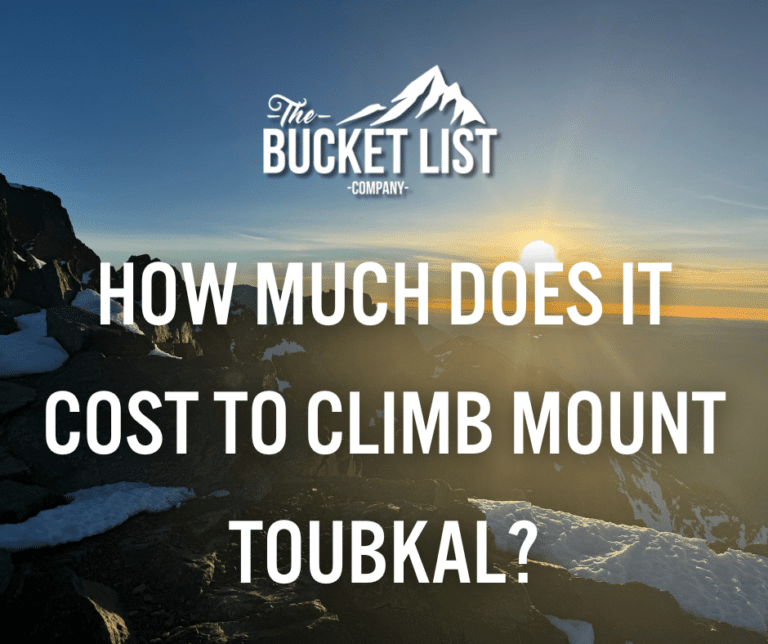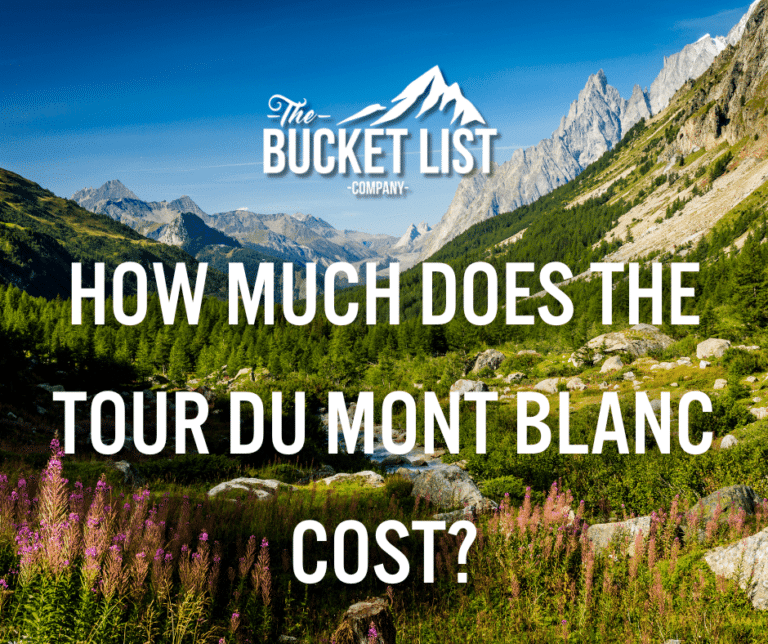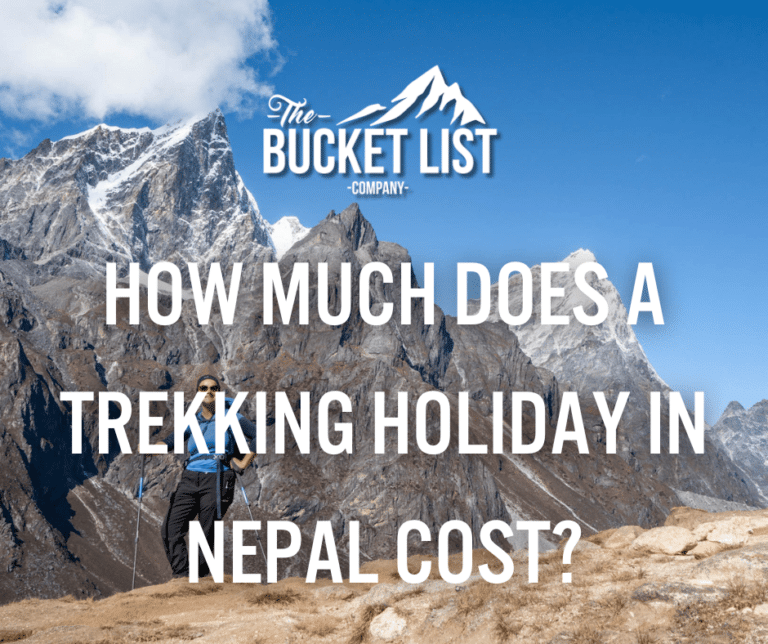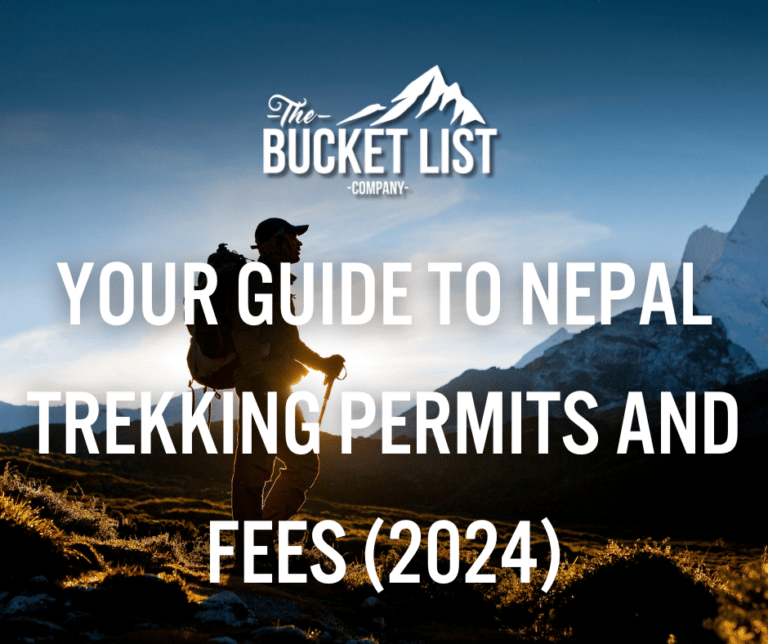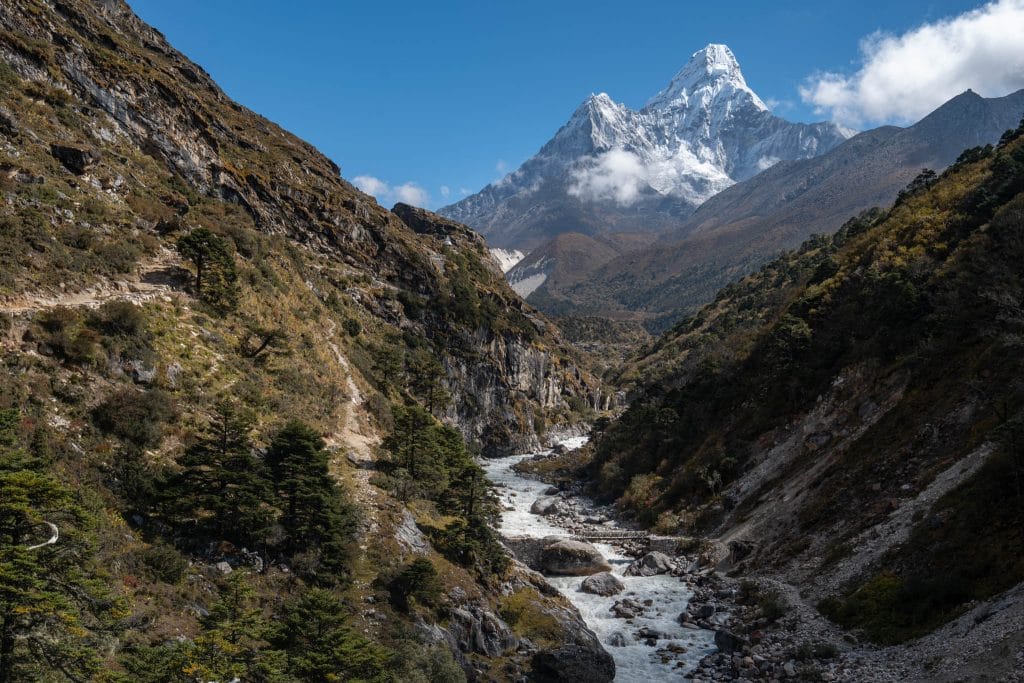
So, you want to trek to Everest Base Camp? You’re not alone. Seeing the tallest mountain on the earth is right up there on a lot of peoples’ bucket list, but here’s the thing:
It will never happen, unless you take action and unless you plan it properly.
Trekking to Everest Base Camp isn’t like popping over to the Canary Islands for a quick break in the sun
It isn’t even like heading to southeast Asia with a backpack.
It’s a whole lot more than that. It requires will power, dedication and planning.
But let me tell you: it’s worth it. I’ve visited Everest Base Camp 7 times in my life so far, and every single time has been INCREDIBLE.
It truly is an experience that will change your life, and it’s for that reason (plus a load more!) that I thoroughly recommend it.
But, as I said, you can’t do it without planning it properly, so with that in mind I thought I’d put together a quick guide to help you with the whole process:
When should you trek to Everest Base Camp?
Generally, the best times to do your trek are the spring and autumn, but both come with their pros and cons.
The Khumbu (which is the region where you’ll be trekking) is absolutely beautiful in the spring; and you’ll see some incredibly wildflowers and wildlife, but it gets pretty hot and humid during the day, which makes the trek a little bit trickier. Plus, the humidity can often mean cloud cover, so you might not get the best of views
In the autumn, after the monsoon season, the humidity is dialled down a bit which makes for a more pleasant trek, but – as you’d expect – this makes it a busier and more popular time to go, meaning you’ll probably encounter a few more people on the trail.
The essential ingredients for your trip to Everest Base Camp
- This isn’t a trek for the fainthearted, and if you can barely walk to the corner shop and back then you’ve got some work to do before you tackle it. Doing lots of walking (with lots of inclines and declines) is the best way to prepare.
- You’ll need to get in touch with your GP (or a travel clinic) who’ll be able to tell you which immunisations you need to stay safe and protected out in Nepal.
- Imagine arriving in Nepal, all ready for your trip only to be turned away for not having a visa – it doesn’t bear thinking about really! You can get your Visa from the Nepalese embassy in London, but if you’re a British national, you’ll probably be able to get your visa when you arrive in Nepal. (N.B. It’s always a good idea to check online to see what the latest is on this front – embassies frequently change their policies and you DO NOT want to get caught out!)
- Travel Insurance. And not just any old travel insurance. You’ll need to make sure you’re covered for the specific trip.
- A stroll along in flip flops, this ain’t. If you’re serious about doing it, you’ll need all the proper equipment. If you’re not sure what you need, just email me at [email protected] and I’ll happily send you the kit list I used last time I went.
Where will you be staying?
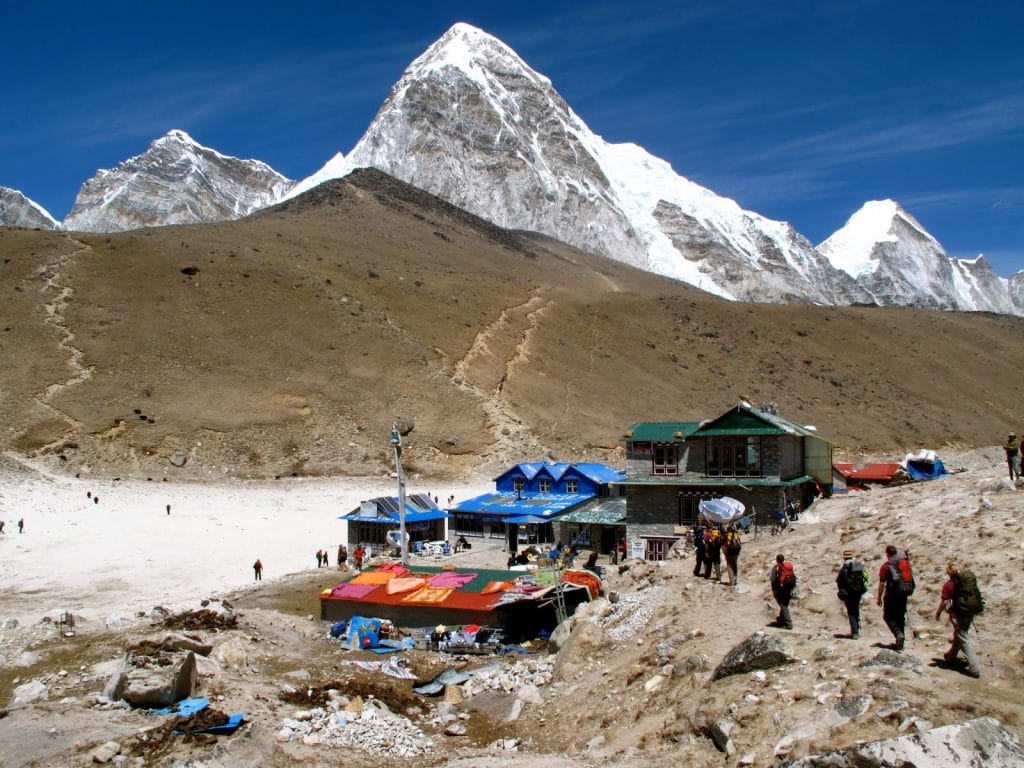
This might depend a little on the operator you use to book your trip, but generally speaking, most trekkers stay in “tea houses” – simple accommodation, which is pretty rudimentary, but definitely does the job!
The tea houses are run by the locals, and are pretty important for their local economy, and they also add to the authenticity of the trek – you certainly won’t be able to shy away from Nepalese culture!
They’ll provide meals, so you’ll be sorted on that front, and you can also wash in them; although you should bear in mind that there’s no running water in the rooms – you’ll need to go and get a bowl to wash up.
What will you be eating?
Dal bhat, dal bhat and more dal bhat – the staple meal that many Nepalese people eat every single day.
Dal bhat is basically rice with a lentil broth; sometimes served with some vegetables. It’s fantastic for energy, and once you get used to it, it’s pretty tasty too.
As the trek has become more and more popular, the tea houses have started branching out a little bit which means you might get something a bit more westernised, but I still favour the good old dal bhat!
Oh, and if you’ve not tried black tea before, you’ll be a convert by the end of the trek – it’s offered A LOT, and most trekkers consume quite a lot of it during the excursion.
How will you deal with altitude?
Altitude sickness is no joke, and has stopped many people from reaching base camp, as well as ruining other peoples’ trips with headaches, nausea and breathlessness.
Thankfully, for most people it’s relatively straightforward to avoid – you just have to do the right things:
- Walk slowly. Charge around like a bull in a china shop and you give yourself a much higher chance of being affected by the altitude. Walk at a steady pace and you’ll be able to acclimatise more effectively.
- Take regular rests. This accomplishes the same thing. Taking regular rests allows your body to acclimatise to the altitude you’re currently at, rather than shocking it by trying to climb too quickly.
- Take on lots of fluids.
- Have rest days. The rest days are vital for acclimatisation – you can’t do the EBC trek quickly, it’s as simple as that. A ten-day trek should be fine.
What will your trek look like?
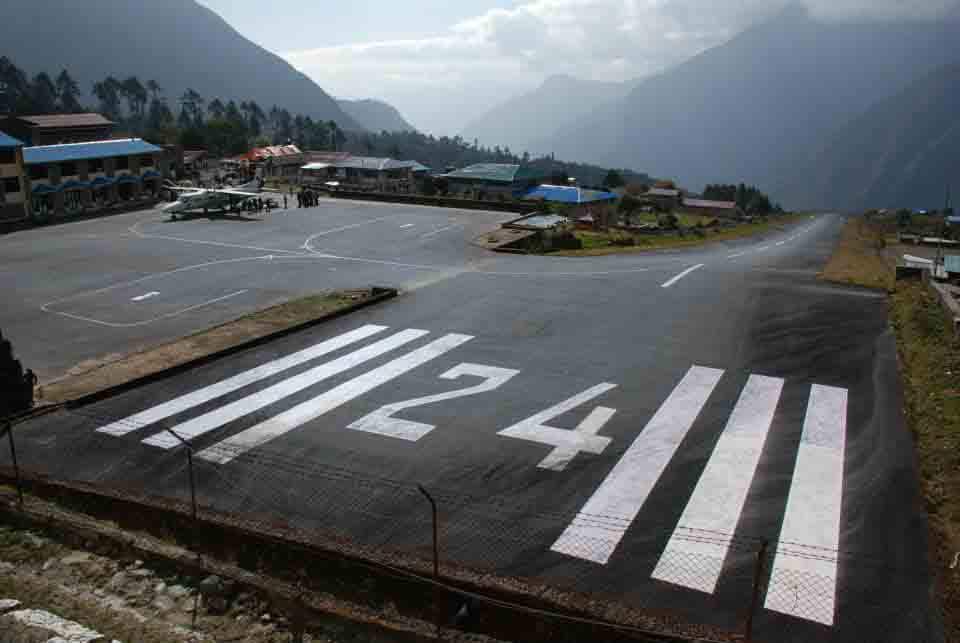
The trek starts, ironically, with a flight. You’ll hop on a plane at Kathmandu and fly to Lukla (this is an incredible flight by the way, so get a window seat if you can).
Your Sherpa and crew will meet you at Lukla, and after a quick rest and debrief, you’ll get started on the trail.
The first couple of days will be spent following the Dudh kosi river valley up to Namche Bazaar, and I urge you to relish these days – the scenery is breathtaking, and the walk not overly challenging.
Once you arrive at Namche Bazaar you’ll have an opportunity to acclimatise and pick up any last minute supplies – Namche Bazaar is probably the main hub in the region, and the only place to pick up kit etc.
After a stop at Namche Bazaar, you’ll start climbing up to Namche – this is a challenging part of the trek, but is well rewarded by your first view of Everest!
Following on from Namche, you’ll trek for two or three days to Thyangboche – the three-day option gives you extra time to acclimatise, via Thame, but it’ll depend on your itinerary.
Once at Thyangboche, you’ll get a fantastic view of Everest, as long as the sky is clear enough.
After moving off from Thyanboche, you’ll start to feel the air get thinner, and the lush vegetation starts to disappear, leaving a cold, stark and almost eerie landscape instead.
Time should be taken over this section, as altitude rises and it’s vital for your to acclimatise properly.
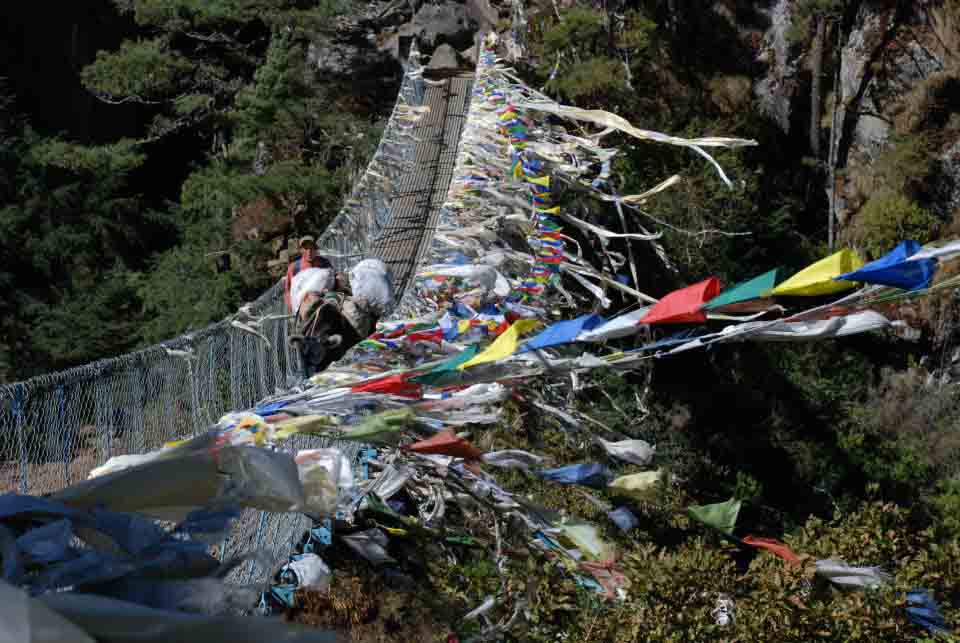
The next stop is Lobuche – the final stop before the last trek that’ll take you to base camp. Lobuche is a tiny little village, but you’ll get the comfort and rest you need there to prepare yourself for the final assault.
I’ll make no bones about it, the final trek is hard – it takes a long time and requires some fitness, but it’s well worth it.
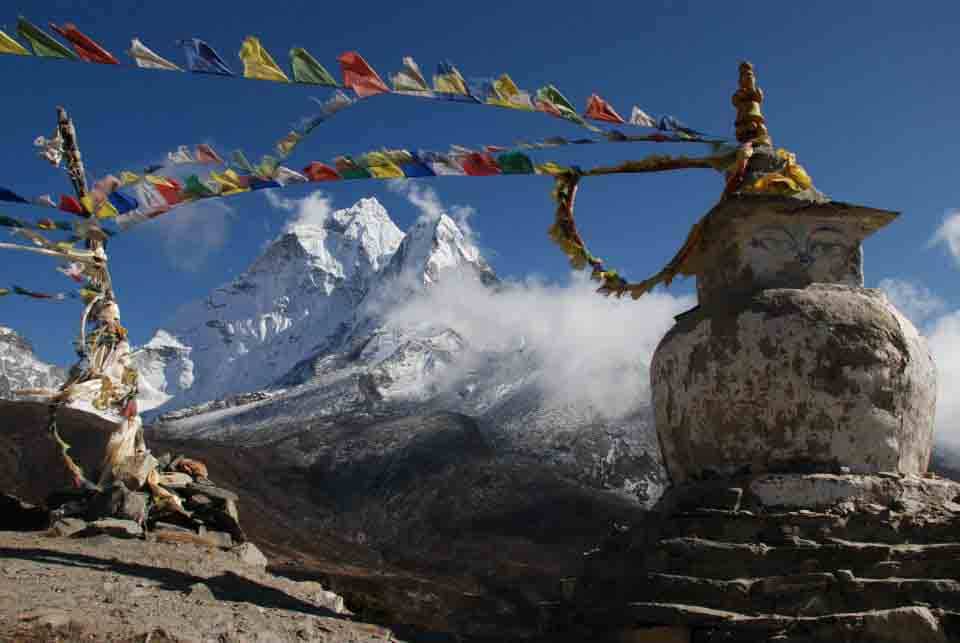
However, one thing to bear in mind: you won’t actually see Everest’s peak from the base camp – to see that you’ll need to ensure you’ve got an extra day in your itinerary to head to Kala Pattar.
And that’s that – after experiencing one of the most incredible views in the world, it’s time to head back, and as the saying goes – it’s much easier to go down than it is to go up.
It’ll take around three days to get back to Lukla, and once you’re there you can have that well-earned drink you’ve been dreaming of!
Want more info about trekking Everest Base Camp? Feel free to contact us today on 0176 930 9007, we’d be happy to help!

 Basket
Basket